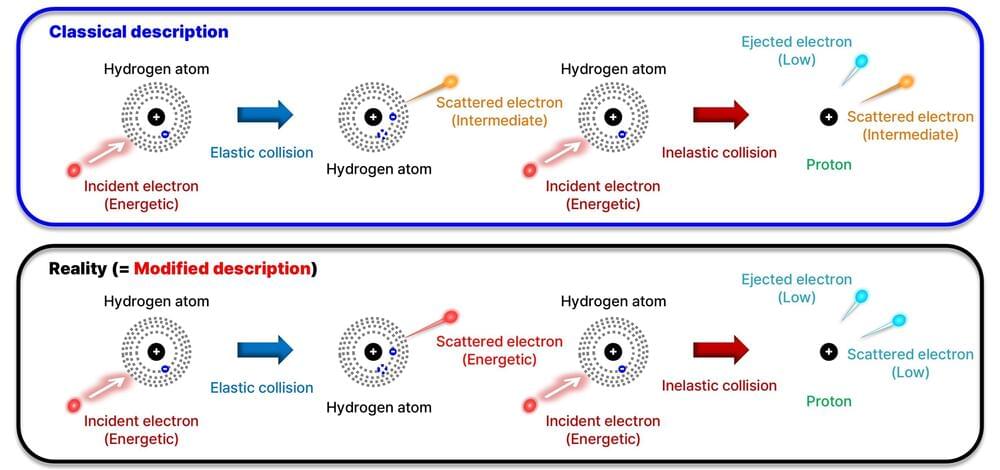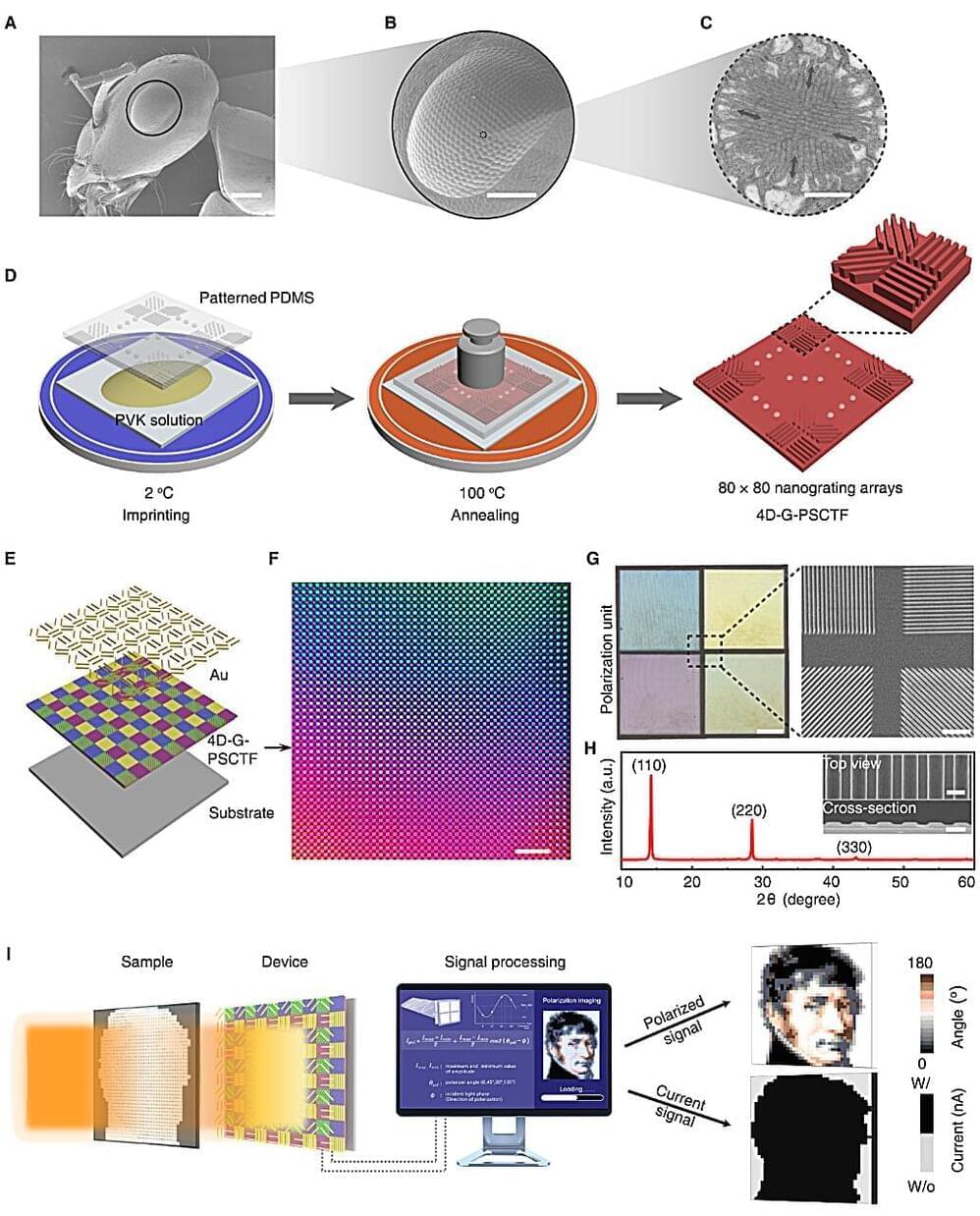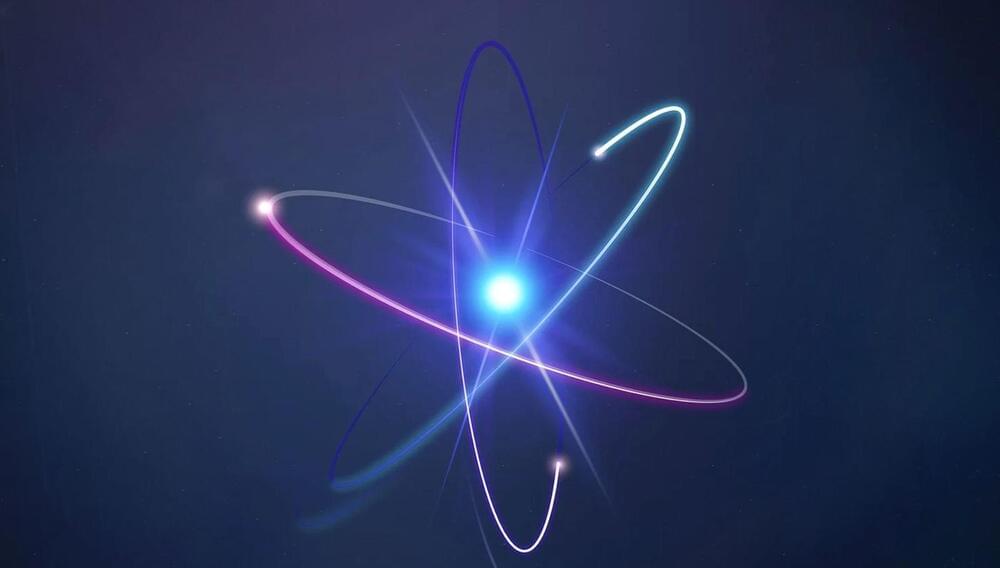Inside every jar of honey is a taste of the local environment, its sticky sweet flavor enhanced by whichever nearby flowers bees have decided to sample. But a new study from Tulane University has found that honey can also offer a glimpse of nearby pollution.
The study, published in Environmental Pollution, tested 260 honey samples from 48 states for traces of six toxic metals: arsenic, lead, cadmium, nickel, chromium and cobalt. None of the honeys showed unsafe levels of toxic metals—based on a serving size of one tablespoon per day—and concentrations in the United States were lower than global averages.
However, researchers found regional differences in toxic metal distribution: the highest arsenic levels were found in honeys from a cluster of states in the Pacific Northwest (Oregon, Idaho, Washington and Nevada); the Southeast tested highest for cobalt levels, including Louisiana and Mississippi; and two of the three highest lead levels were found in the Carolinas.









